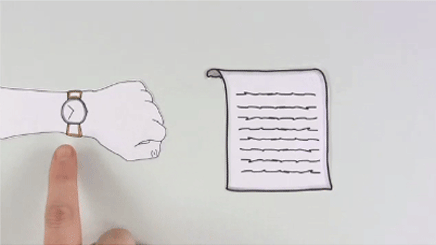By definition, emergencies happen when we don’t expect them, and often when families are not together. Suddenly, you need to think about your kids at school or elderly parents across town. If phones don’t work, or some neighbourhoods aren’t accessible, what will you do?
Having a Family Emergency Preparedness Plan will save time and make real situations less stressful.
 CLICK HERE to check out a video on How to Make a Home Emergency Preparedness Plan from the Government of Canada
CLICK HERE to check out a video on How to Make a Home Emergency Preparedness Plan from the Government of Canada
Develop a Family Disaster Plan
Families can cope with disaster by preparing in advance and working together as a team. Create a family disaster plan including a communication plan, disaster supplies kit, and an evacuation plan. Knowing what to do is your best protection and your responsibility.
- Find out what could happen to you
- Make a disaster plan
- Complete the checklist
- Practice your plan
Disasters in Metchosin
Contact the Metchosin Emergency Program or your Neighborhood Emergency Preparedness Program Coordinator — be prepared to take notes:
- Request information on how to prepare for each.
- Learn about our emergency notification programs.
- Ask about animal care registry for large & small animals.
- Find out how to help elderly or disabled persons, if needed.
- Next, find out about the disaster plans at your workplace, your children’s school or daycare center, and other places where your family spends time.
click below to learn more about
METCHOSIN HIGH RISK DISASTERS:
Create a Disaster Plan
 Meet with your family and discuss why you need to prepare for disaster. Explain the dangers of fire, severe weather, and earthquakes to children. Plan to share responsibilities and work together as a team.
Meet with your family and discuss why you need to prepare for disaster. Explain the dangers of fire, severe weather, and earthquakes to children. Plan to share responsibilities and work together as a team.
Discuss the types of disasters that are most likely to happen. Explain what to do in each case.
Pick two places to meet:
- Right outside your home in case of a sudden emergency, like a fire.
- Outside your neighborhood in case you can’t return home. Everyone must know the address and phone number.
To Do Checklist
- Post emergency telephone numbers by phones (fire, police, ambulance, etc.).
- Teach children how and when to call 911 for emergency help.
- Determine the best escape routes from your home. Find two ways out of each room.
- Find the safe spots in your home for each type of disaster.
- Show each family member how and when to turn off the water, gas, and electricity at the main switches.
- Check if you have adequate insurance coverage.
- Teach each family member how to use the fire extinguisher, and show them where it’s kept.
- Install smoke detectors on each level of your home, especially near bedrooms.
- Conduct a home hazard hunt.
- Stock emergency supplies and assemble a disaster supplies kit.
- Learn First Aid and CPR.
Practice your plan
- Test your smoke detectors monthly, and change the batteries at least once a year.
- Quiz your kids every six months so they remember what to do.
- Conduct fire and emergency evacuation drills.
- Replace stored water every three months and stored food every six months.
- Test and recharge your fire extinguisher(s) according to manufacturer’s instructions.
